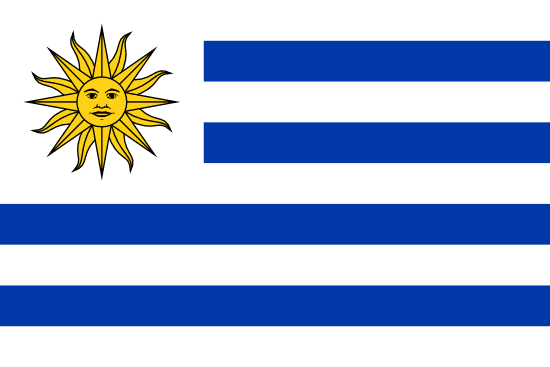"Montevideo, corazón de mi país | Montevideo, heart of my country"
About:
Founded in 1724 by Spanish soldier Bruno Mauricio de Zabala, Montevideo is the capital and largest city of Uruguay. It served as a strategic military stronghold during the Spanish-Portuguese conflicts. In 1828, it became the capital of independent Uruguay. The city experienced significant growth and modernization in the 19th and 20th centuries, becoming a major cultural and economic hub. Today, Montevideo is a vibrant city known for its rich cultural life and high quality of living.
When to visit:
Montevideo, the capital city of Uruguay, experiences a pleasant climate throughout the year, making it a great destination for a holiday anytime. However, the best time to visit Montevideo is during the spring and fall seasons, specifically from October to November and March to April. During these months, the weather is mild with comfortable temperatures and lower chances of rainfall, allowing visitors to explore the city's attractions comfortably. Additionally, these shoulder seasons offer fewer crowds and lower accommodation rates compared to the peak summer months, making it an ideal time for a relaxing holiday in Montevideo.
When to avoid:
The worst time to travel to Montevideo, Uruguay on a holiday is during the peak of summer, which falls between December and February. During this time, the city experiences hot and humid weather, with temperatures often soaring above 30°C (86°F). Additionally, many locals take their vacations during this period, leading to crowded tourist attractions and higher prices for accommodations and activities. It is advisable to avoid traveling to Montevideo during this time if you prefer milder weather and a more relaxed atmosphere.
Winter (June–August)
In Montevideo, the coldest and wettest period is from June to August, which is winter. Average temperatures range from 6-15°C (43-59°F), with July being the coldest month. Rainfall is highest in June, averaging around 100mm. Days are shorter with only 5-6 hours of sunlight, and cloud cover is more frequent, making the city appear gray. An average day for a visitor might involve a mix of drizzling rain and overcast skies, with a brisk chill in the air. It's a good time to explore indoor attractions like museums, galleries, and local cafes.
Summer (December–February)
In Montevideo, Uruguay, the warmest part of the year is from December to March, which corresponds to the summer season. During this period, the average high temperature ranges from 25°C to 28°C (77°F to 82°F), and the average low temperature is around 17°C to 19°C (63°F to 66°F).
Rainfall is relatively high during summer, averaging around 90mm per month. However, showers are typically short and intense rather than long and persistent. The city experiences an average of 9-10 hours of sunlight per day, providing ample time for outdoor activities.
Humidity levels can be quite high, often exceeding 70%, which can make the heat feel more intense. However, the coastal location of Montevideo often brings a refreshing sea breeze that can help mitigate the effects of humidity.
As for cloudiness, summer days are typically partly cloudy, with clear or mostly clear conditions about half of the time.
A typical day for a visitor during the warmest part of the year in Montevideo would start off mild in the morning, gradually warming up to a hot afternoon. It might feel slightly humid, but the sea breeze would make it more comfortable. There's a chance of experiencing a short, intense shower, but it would clear up quickly, leaving the rest of the day for sightseeing under partly cloudy to clear skies.
Language:
In Montevideo, the capital city of Uruguay, the most commonly spoken language is Spanish, as it is the official language of the country. Other languages spoken include Portuñol, a mixture of Portuguese and Spanish, and English, particularly in business and tourism sectors. Italian, French, and German are also spoken due to historical immigration.




